Some species of wild animals have prepared decent food supplies for themselves for the winter. 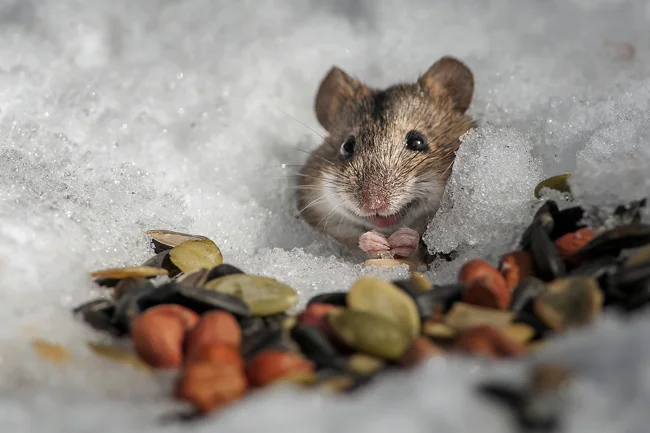
Autumn is dying out even in the southern regions of our country, which means that the food store is closing. Wild animals face months of hunger and a stubborn daily struggle for survival. Fortunately, they know this, and some have even prepared decent supplies for themselves!
Rodents try the hardest. Their fast metabolism and attachment to plant foods greatly reduce the likelihood of surviving on pasture in the winter. Therefore, squirrels, for example, make tens and hundreds of small burrows over a wide area. Only their small heads are unable to remember the location of all the hiding places. At least 50% of them will not be used. 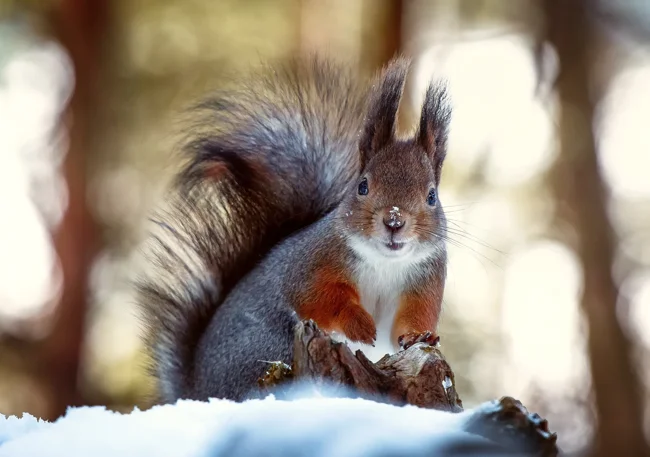
But this behavior also has its advantages. There are thousands of squirrels in the forest, and they all make a lot of treasures. Therefore, rodents regularly stumble upon other people's supplies and eat them without a twinge of conscience. It turns out that animals create a common grain and nut fund that feeds the entire population! 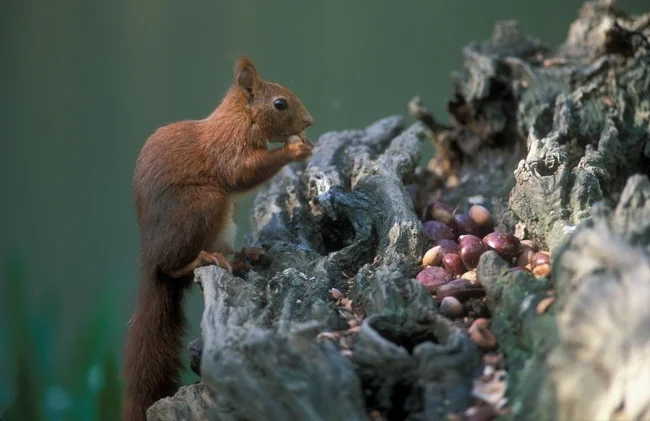
The size of a rodent's stash directly depends on the size of the hiding place that they were able to find. This sometimes leads to unexpected incidents. Several years ago, an American car enthusiast decided to check his car, which had been parked all winter, and discovered that a decent amount of nuts were hidden in the engine compartment. To remove all the squirrel stuff, the driver needed to remove the bumper, front fenders and radiator grille. 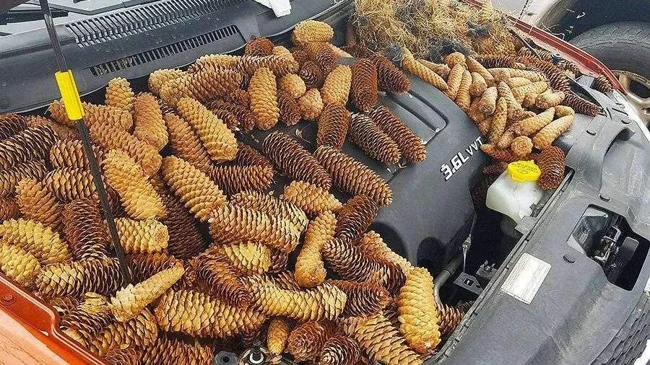
In this regard, it is easier for terrestrial rodents. They don't need to look for places to stash. They dig granaries right in their burrows. The housekeeper vole is a 16-centimeter-long little one that can create a bunker in which it can store up to 15 kilos of seeds! Hamsters store less, but their stash may include sweet berries. True, they sometimes wander, but hamsters don’t care much about this. Animals are extremely resistant to alcohol. When a person has a lethal dose of ethanol in his blood, the hamster still thinks soberly! 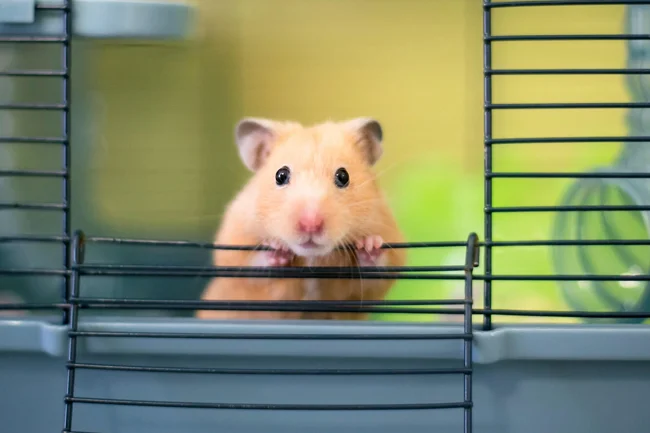
By the way, not only herbivores are capable of making reserves. Some predators can do this too. The pygmy owl is known in narrow circles for its manic passion for storing the bodies of small mice and birds in hollows. Moreover, he fills so many of them that he can afford to feed his wife and children from the reserves. During the winter, the family spends about 65% of stored food. 
Short-tailed shrews work no less effectively. In autumn and winter they store up to 87% of all prey caught. But, unlike owls, their victims remain alive. Short-tailed shrews are one of the few venomous mammals, and their paralyzing toxin works well on animals weighing up to 50 grams. The victims neatly stack on top of each other and wait in the wings, looking into the darkness of the lair with motionless eyes. This is who the main maniac of the animal world is! But the shrew maniacs not out of desire, but out of necessity. She needs to eat from 160% to 300% of her body weight per day. Therefore, any failure in the hunt could end in death for her. 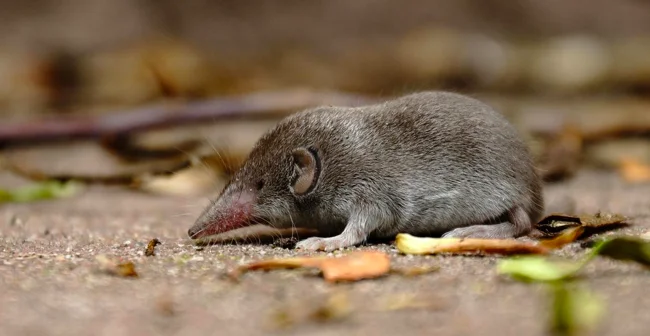
Do you know what's the worst thing? He eats 3 times more than himself every day, but at the same time saves 87% of his food.
0 comments
